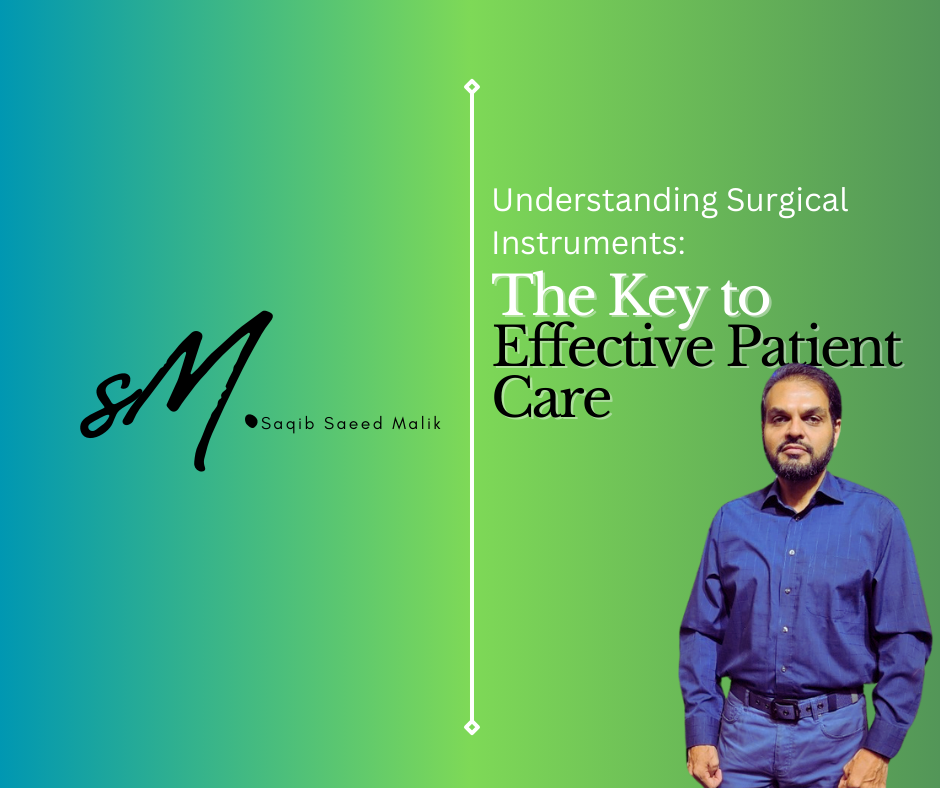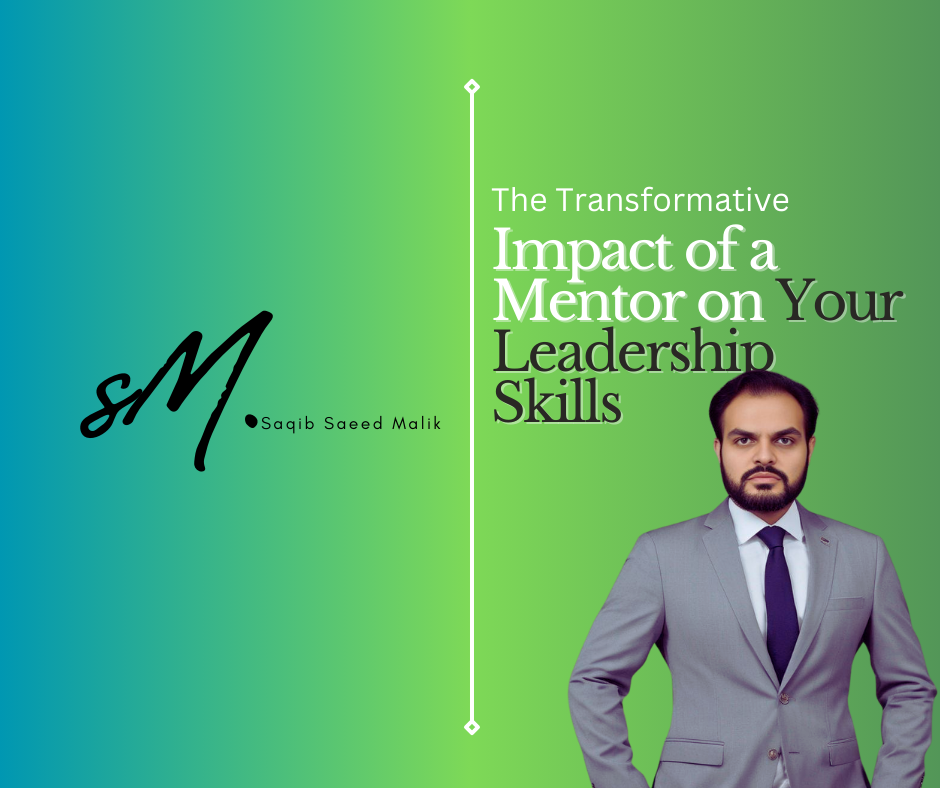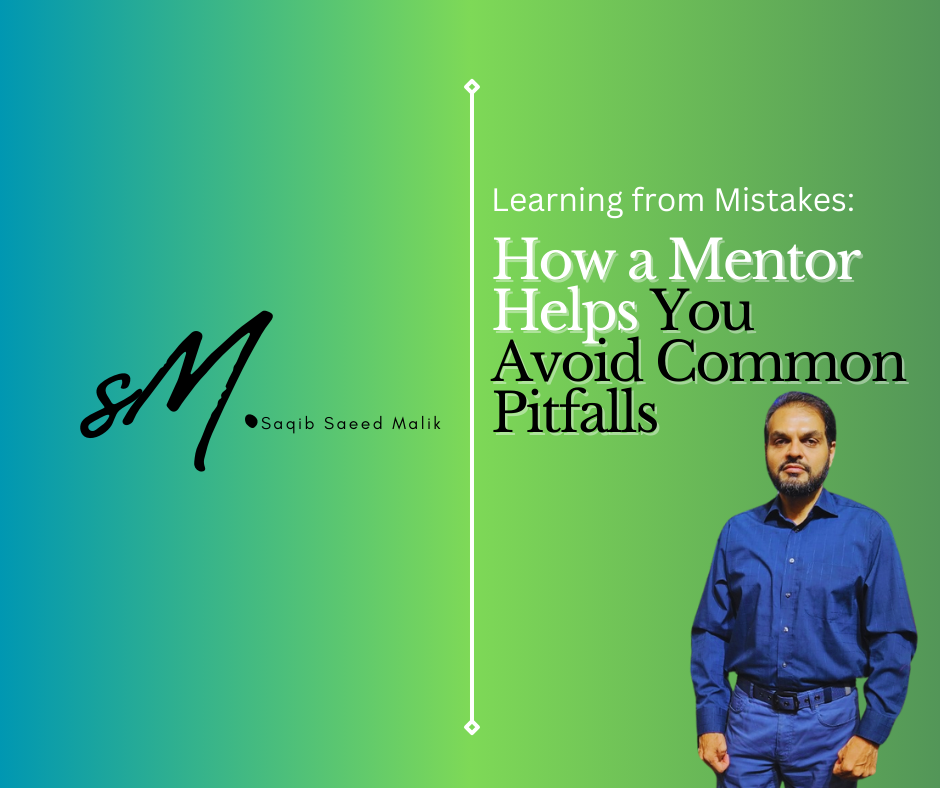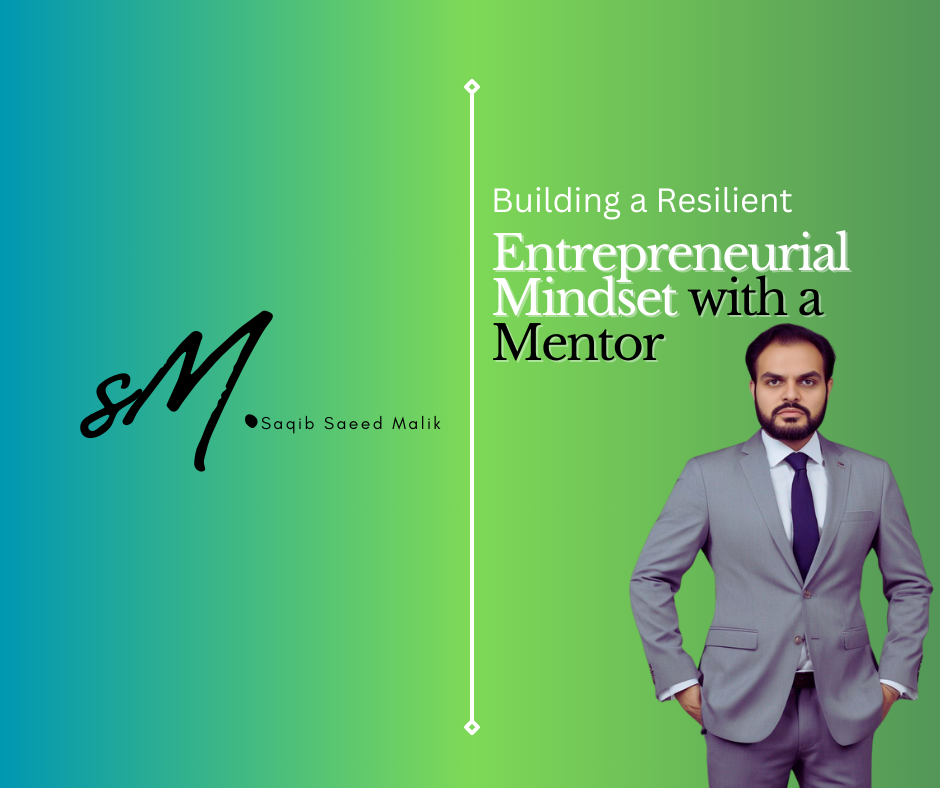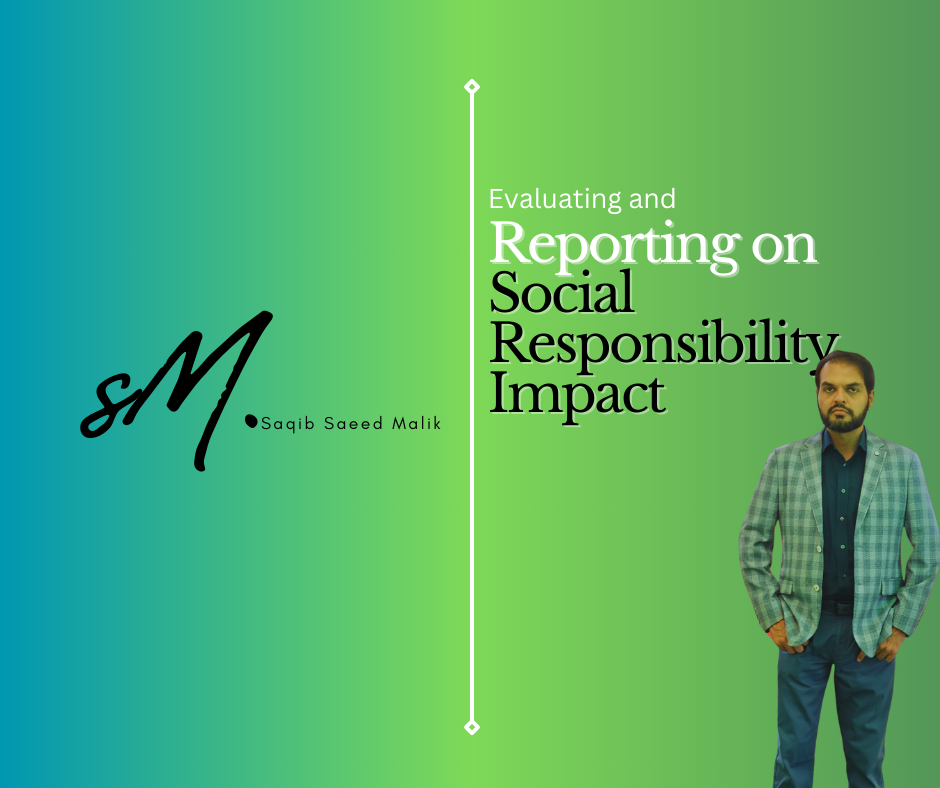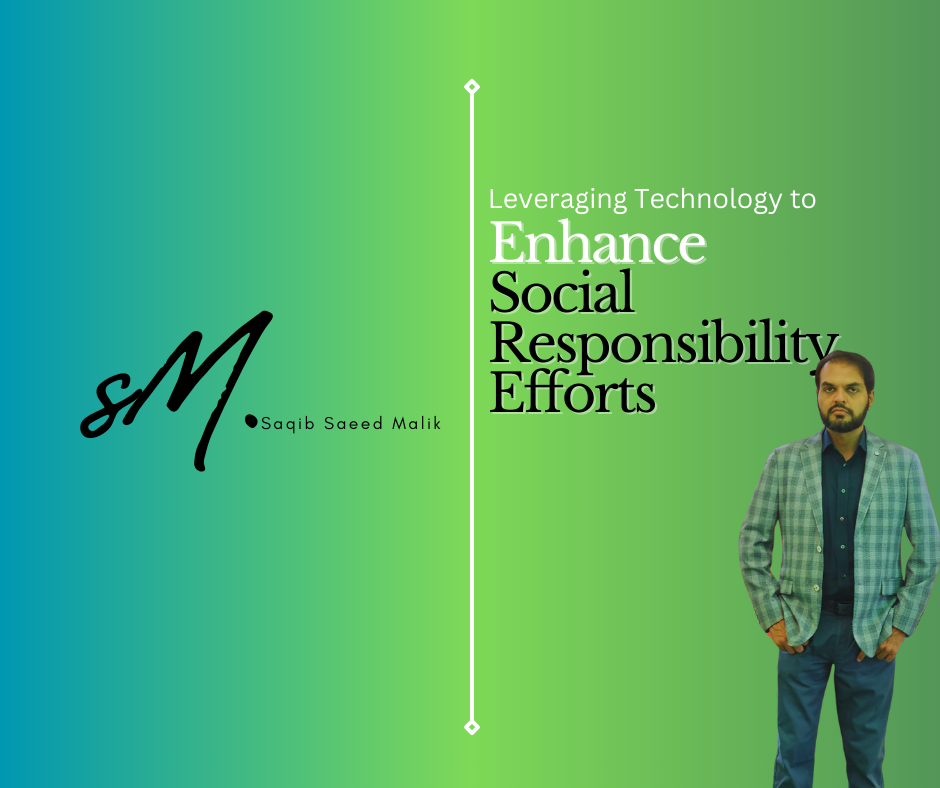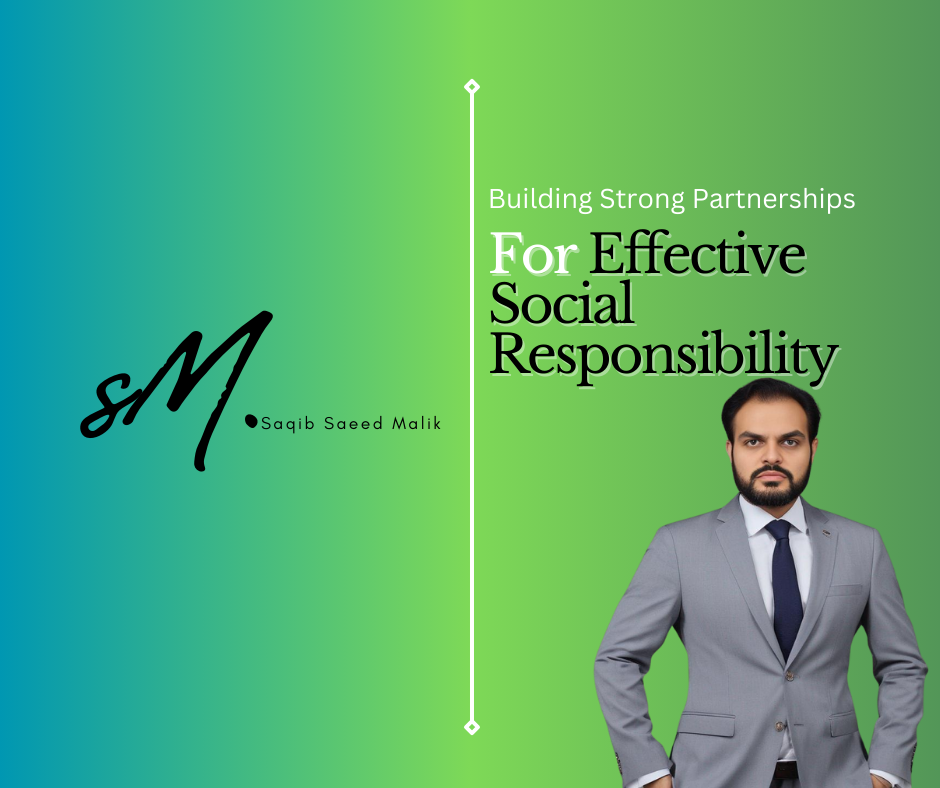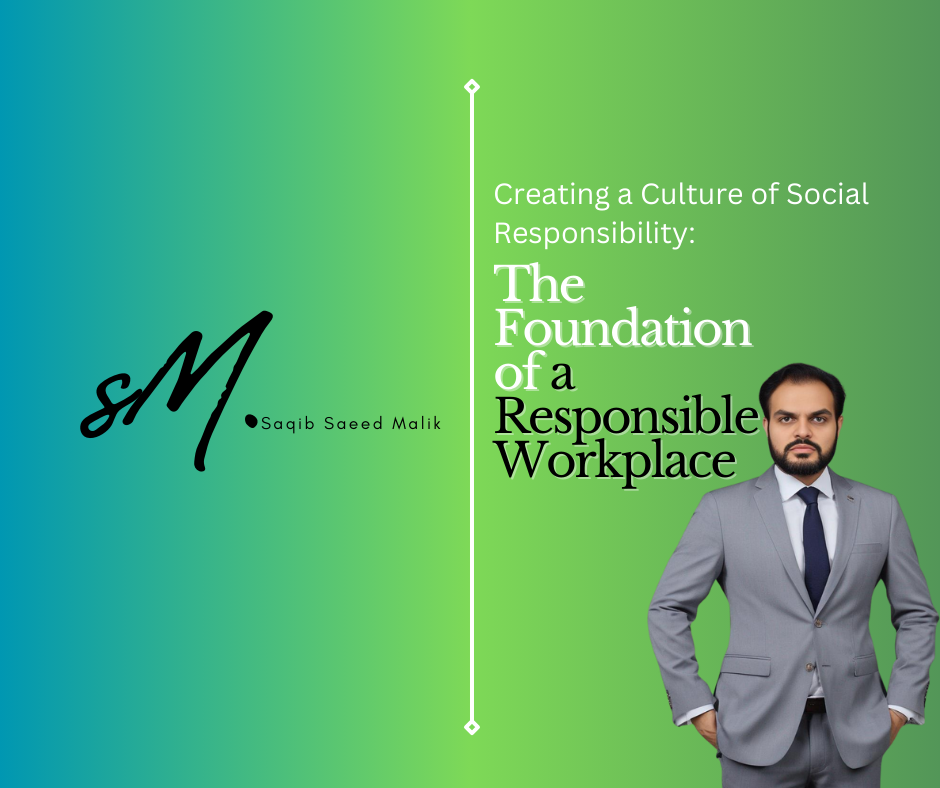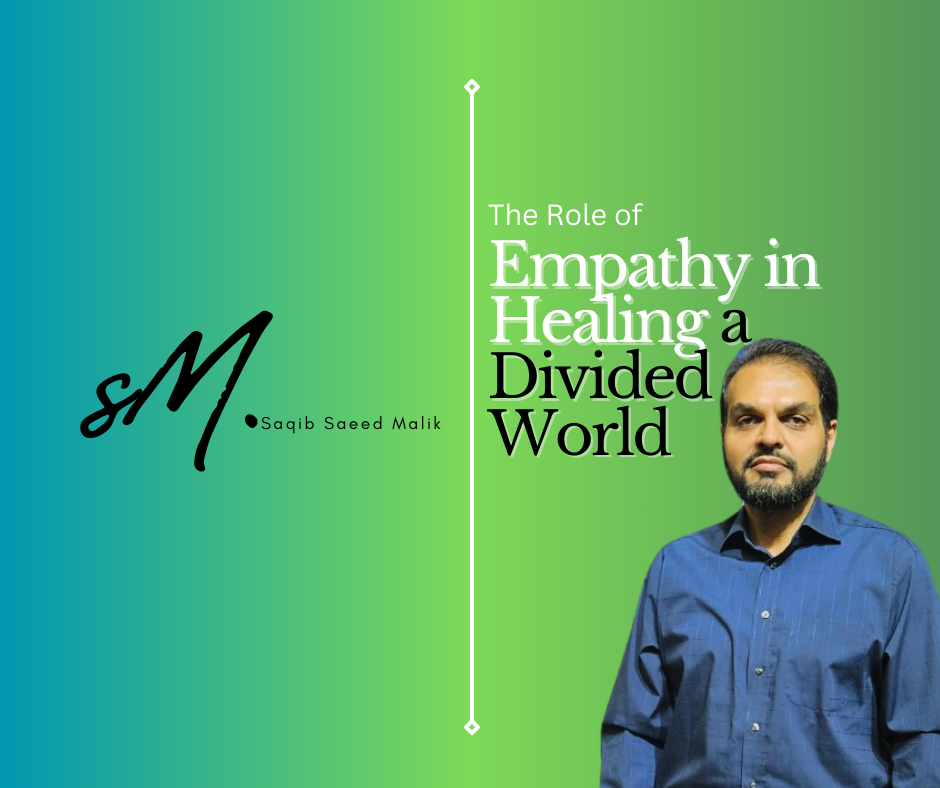The history of surgical instruments is a story of remarkable innovation, reflecting humanity’s drive to improve healthcare and save lives. From ancient tools crafted from stones and bones to today’s precision-engineered, high-performance instruments, the evolution of surgical tools has dramatically transformed medical practices and patient care. At Nazmed SMS Sdn Bhd, we recognize the significance of these advancements, and we’re committed to delivering top-tier surgical, dental, medical, and orthopedic instruments to healthcare professionals worldwide.
The Roots of Surgical Instruments: A Brief Historical Perspective
The earliest surgical tools were rudimentary, often made from organic materials or basic metals. Ancient civilizations, from Egyptians to Greeks, used these tools in their medical practices, laying a foundation for modern surgical techniques. Over time, surgical instruments became more specialized, with materials like bronze and iron improving their durability and utility. The Renaissance period marked a leap forward, as physicians and anatomists began studying human anatomy more deeply, designing tools to match the intricacies of the human body.
Modern Advancements: Precision and Innovation
The 19th and 20th centuries saw a rapid evolution in surgical instruments, with advancements driven by the discovery of anesthesia and antiseptics. These breakthroughs demanded tools with greater precision and functionality, paving the way for stainless steel instruments that could be sterilized and reused, significantly reducing infection rates. Today, the materials used—including stainless steel, titanium, and tungsten carbide—enable the creation of durable and highly efficient instruments. At Nazmed SMS Sdn Bhd, we’re proud to incorporate these materials into our product line, ensuring that each tool is built to the highest standards of quality and performance.
Why This Evolution Matters
For medical practitioners, understanding the evolution of surgical instruments isn’t merely historical—it’s practical. Knowledge of these advancements allows surgeons to choose tools that maximize efficiency, precision, and patient safety. The move from manually operated instruments to automated, high-precision tools has reduced procedure times and improved outcomes. For example, tungsten carbide instruments not only enhance precision but also provide exceptional durability, making them invaluable in high-stakes surgeries.
Nazmed SMS Sdn Bhd: Empowering Surgeons with Cutting-Edge Tools
At Nazmed SMS Sdn Bhd, our dedication to innovation and quality ensures that healthcare providers have access to state-of-the-art surgical instruments. By keeping pace with the latest developments, we empower medical professionals to perform at their best, confident in the reliability and functionality of the tools they use. Our comprehensive range of instruments reflects our commitment to excellence, allowing practitioners to achieve optimal results for their patients.
In an era where technological advancements in healthcare are accelerating, Nazmed SMS Sdn Bhd is proud to play a pivotal role in this journey, delivering instruments that uphold the legacy and promise of modern medicine. The evolution of surgical instruments is more than a historical progression; it’s an ongoing mission to support medical professionals and improve patient care worldwide.


